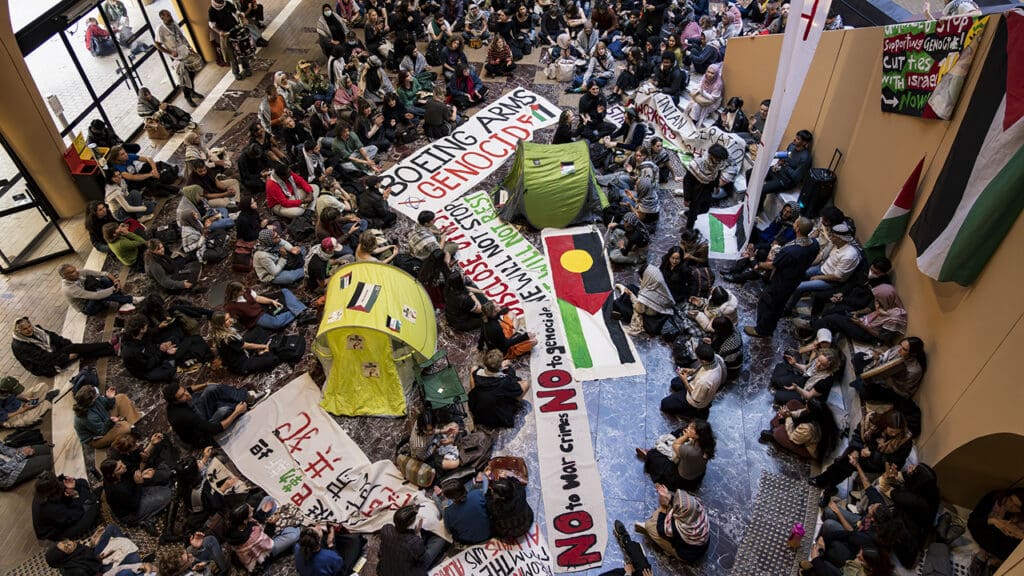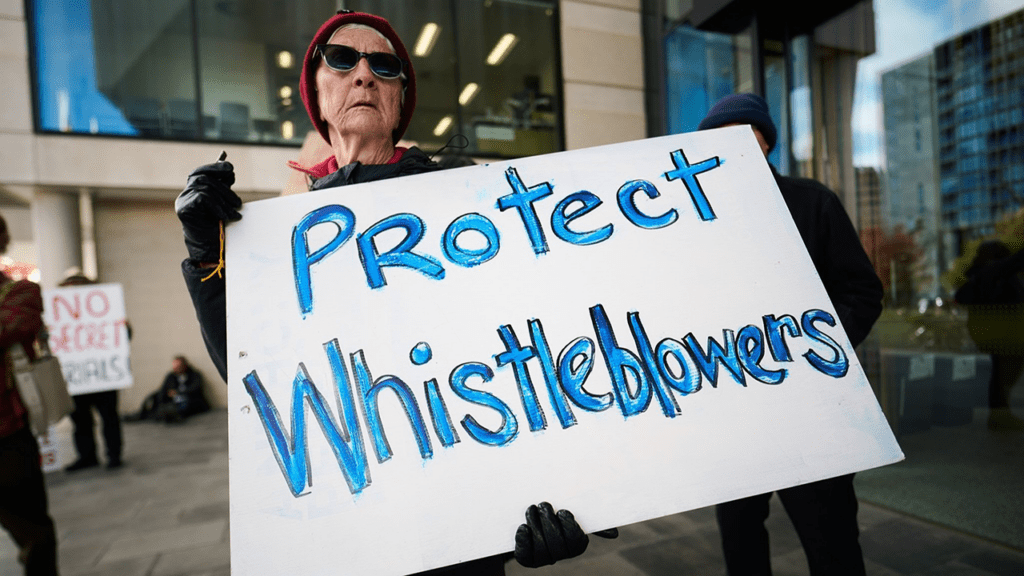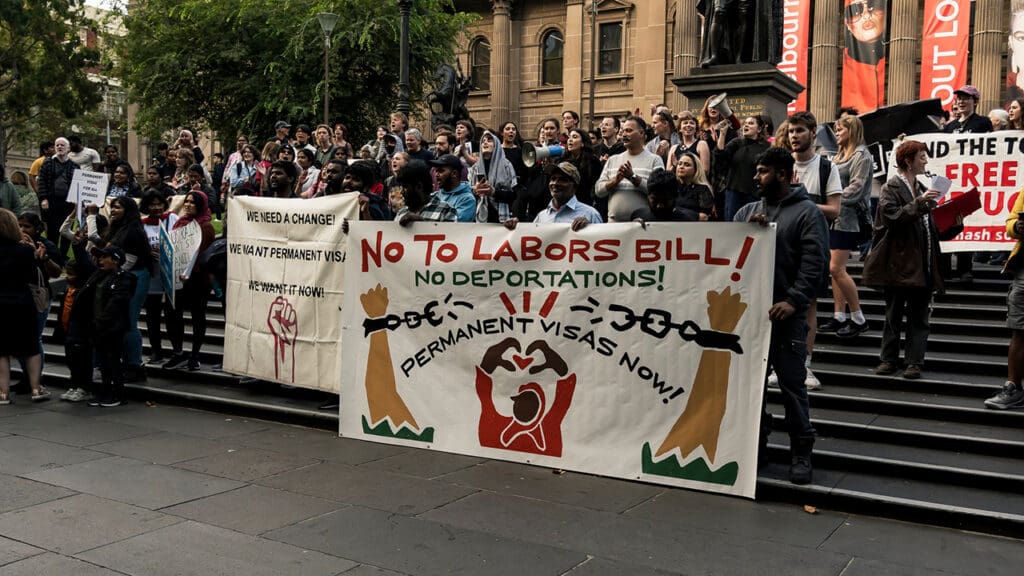Australia ratifies torture prevention treaty, but must accept scrutiny of offshore facilities on Manus and Nauru
The Australian Government has ratified an important UN torture prevention treaty. The Optional Protocol to the Convention Against Torture (OPCAT) is a mechanism established to prevent cruel, inhuman and degrading treatment in places of detention.
Ratification of the OPCAT will enable the Commonwealth Ombudsman to establish a network of independent inspectors who will have unprecedented access to prisons and some other places of detention. But the impact will be limited by the Australian Government’s denial of these obligations to Australia’s offshore facilities on Manus Island and Nauru.
“The announcement is an important step in the right direction because governments have maintained an ‘out of sight, out of mind’ approach to prisons for too long,” said Ruth Barson, HRLC Director of Legal Advocacy.
“Abuse thrives behind closed doors. While independent scrutiny of prisons is essential to expose current abuses, such as prolonged solitary confinement and degrading strip searches, the onus will be on governments to implement the inspectors’ recommendations and put an end to mistreatment.”
As part of ratification, the UN Subcommittee on the Prevention of Torture will undertake periodic visits of Australian detention facilities. Ms Barson said international scrutiny is important to ensure Australian governments commit to stopping cruel, inhuman and degrading treatment both in word and deed.
“Exposing mistreatment is one thing, but stopping it is another. Deaths in custody and Don Dale type abuse are what happen when governments fail to heed the advice of experts and instead turn a blind eye to mistreatment,” said Ms Barson.
When announcing its intention to ratify OPCAT in February the Australian Government made clear that it will not accept any obligations for transparency, oversight or monitoring to extend to its offshore facilities on Manus and Nauru, where 2000 refugees have been held for the last four and a half years.
Daniel Webb, HRLC Director of Legal Advocacy, said the Australian Government can’t just pick and choose which facilities it’s happy to have scrutinised.
“The whole purpose of this treaty is to prevent abuse through transparency. It defeats that purpose if our Government can just decide to keep its deepest darkest sites of misery and suffering deliberately shielded from scrutiny,” said Mr Webb.
Mr Webb said the timing of the ratification — coming just ahead of Australia formally commencing its term on the Human Rights Council — showed that the Australian Government recognised the need to improve its own human rights performance prior to taking up a seat on the world’s highest human rights authority.
“Our Government knows it needs to get its house in order if it wants to command respect and credibility on the world stage. But with 2000 innocent men, women and children still languishing in limbo on Manus and Nauru after four and a half years, our Government clearly has an awfully long way to go.”
Mr Webb said there was a clear risk that Australia’s term on the Council would be defined by its mistreatment of refugees.
Related: Australia’s pledge to ratify torture prevention treaty an important step forward (February 2017)
Last Human Right Council session we urged Aus to ratify UN’s anti-torture protocol. Great to see it’s set to happen https://t.co/USkMMt0J7l
— HumanRightsLawCentre (@rightsagenda) February 23, 2017
Image Courtesy: Chatham House
Licensed under the Creative Commons Attribution 2.0 Generic | Flickr
Media Enquiries
Chandi Bates
Media and Communications Manager

University of Melbourne urged to drop expulsions
The Human Rights Law Centre has written to the University of Melbourne urging the Vice-Chancellor to abandon her decision to suspend and expel students for a protest in support of Palestine.
Read more
Comprehensive blueprint to fix Australia’s broken whistleblowing laws released today
A Federal Whistleblower Protection Authority would ensure dedicated support for safeguarding individuals who expose misconduct
Read more
High Court challenge for man facing deportation to Nauru returns to court
The legal challenge brought by a man facing deportation to Nauru will return to the High Court for hearing today. The case was filed after the Albanese Government attempted to exercise its new third country deportation powers for the first time
Read more


